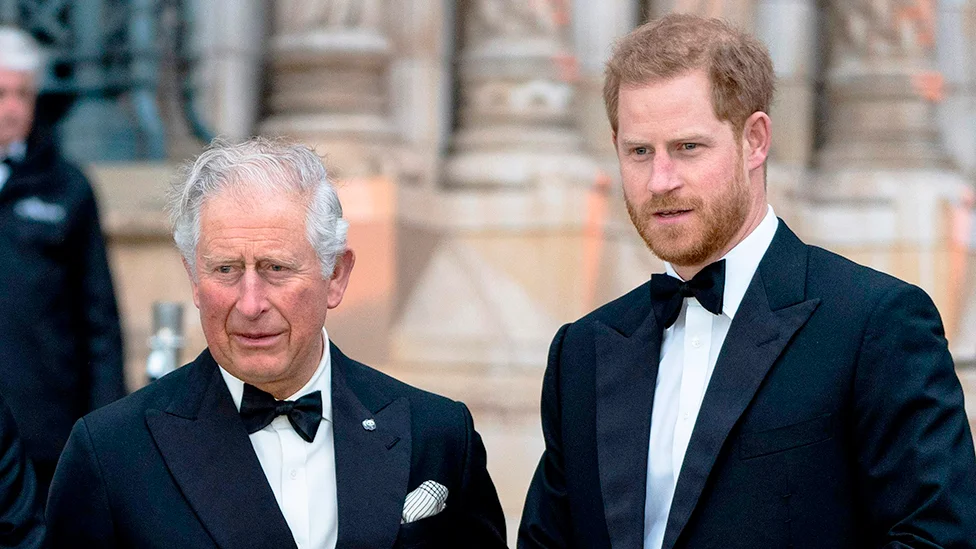Prince Harry, the renowned British royal and currently fifth in line to the throne, is encountering an intriguing confluence of events that have the potential to alter his royal destiny. With his elder brother, Prince William, and three children ahead of him in the line of succession, Prince Harry’s position has recently come under scrutiny due to perceived controversies. Amidst calls for his removal from the line of succession and subtle shifts in his royal title, the question of his succession status remains a topic of discussion and debate.
The Duke and Duchess of Sussex, Prince Harry and Meghan Markle, embarked on a unique path by stepping down as ‘working royals’ in 2020. This decision garnered attention and brought about conversations regarding the monarchy’s future. Some voices urged the monarchy to exclude the Sussexes from the line of succession, positing that such a move could potentially safeguard the reputation of the royal institution.
Adding to the intrigue, recent developments include the discreet removal of Prince Harry’s royal title from the Buckingham Palace website. This move, however subtle, was not without consequence, as it underscored the complexities of his evolving relationship with the royal family.
Royal experts and historians have been quick to interpret this as a symbolic message from the Palace to Prince Harry. His candid expressions of criticism toward senior working royals post-departure have garnered attention and debate. The removal of his royal title from the official website could be perceived as a subtle reprimand or a forewarning, highlighting the delicate nature of his place within the royal structure.
While Prince Harry’s departure from royal responsibilities resulted in the loss of patronages and military titles, his ranking in the line of succession remains unchanged. He holds the fifth position, trailing Prince William and his children, namely Prince George, Princess Charlotte, and Prince Louis. His son, Archie, follows in the sixth spot, and the recent addition of Princess Lilibet has pushed Prince Andrew down to eighth place.
Despite the subtleties of title changes, Prince Harry’s overall position within the line of succession remains static. This aspect holds the potential for future significance, particularly if unforeseen circumstances alter the course of the royal family’s trajectory.
The public’s desire to understand the intricacies of Prince Harry’s position has led to questions regarding King Charles III’s authority to remove him from the line of succession. Notably, the royal family’s power in this matter is limited. The line of succession is a matter of law, established through the Succession to the Crown Act 2013, which embraced gender equality and dismantled the practice of male primogeniture.
Professor Robert Hazell from UCL’s Constitution Unit elucidated that altering the line of succession requires parliamentary action, emphasizing that the monarch herself lacks the authority to effect such changes. This underscores the fundamental role of the Parliament in shaping the monarchy’s trajectory.
Historically, instances like Lord Downpatrick’s removal from the line of succession in 2003 due to his conversion to Catholicism have demonstrated the significance and complexities of altering the line. Such actions carry weighty implications and are subject to legal frameworks beyond the realm of the royal family.
As Prince Harry navigates his distinct path, the intricacies of his succession status highlight the dynamic interplay between tradition, modernity, and the evolving nature of the British monarchy.




